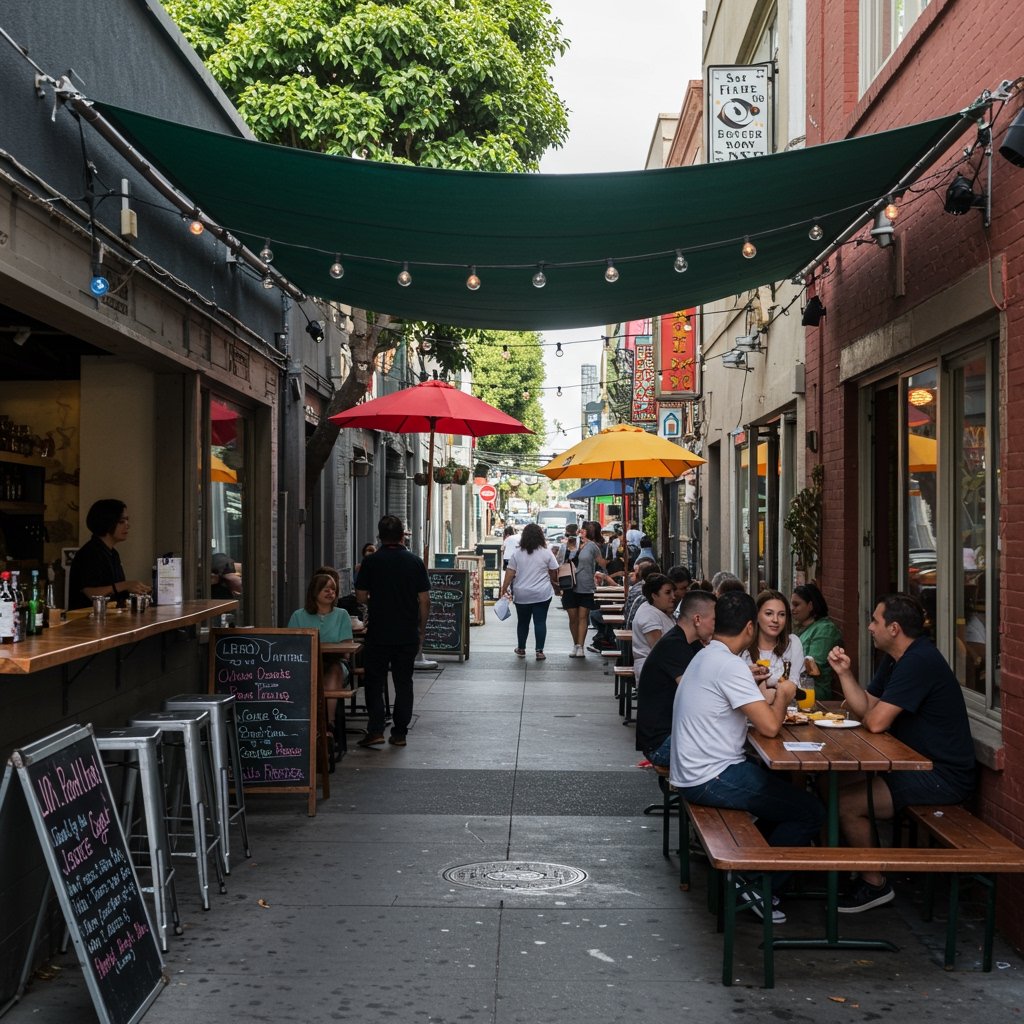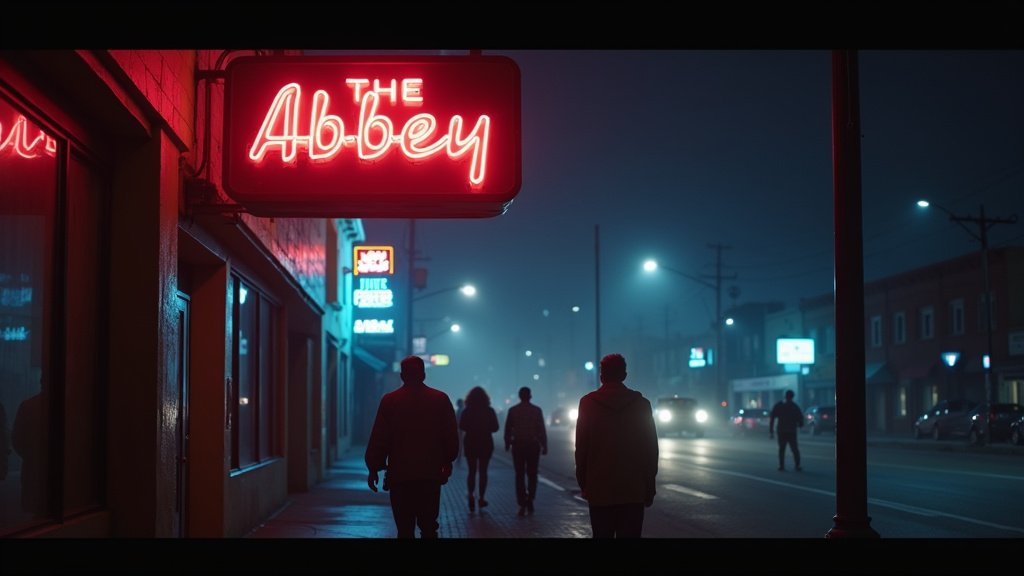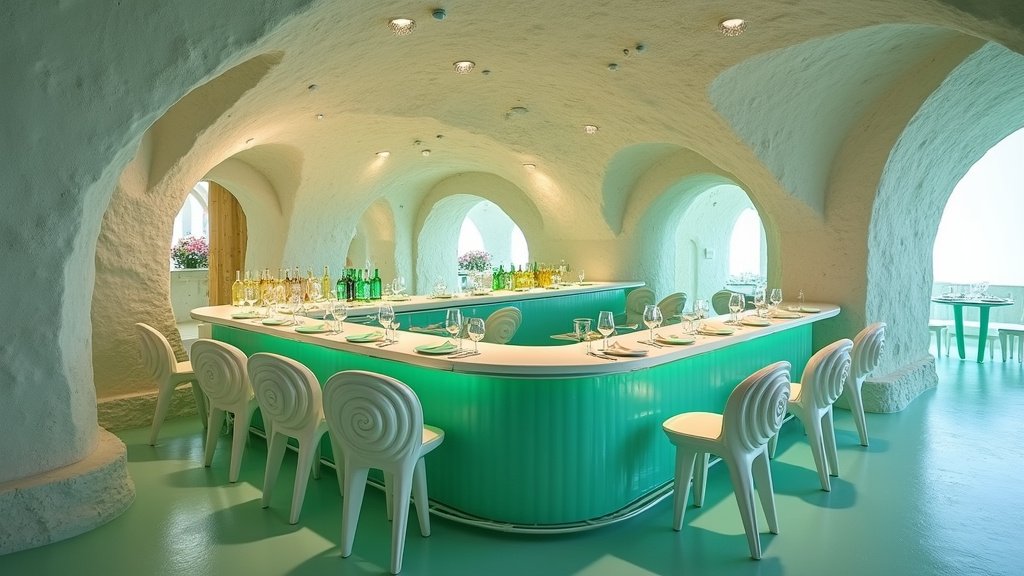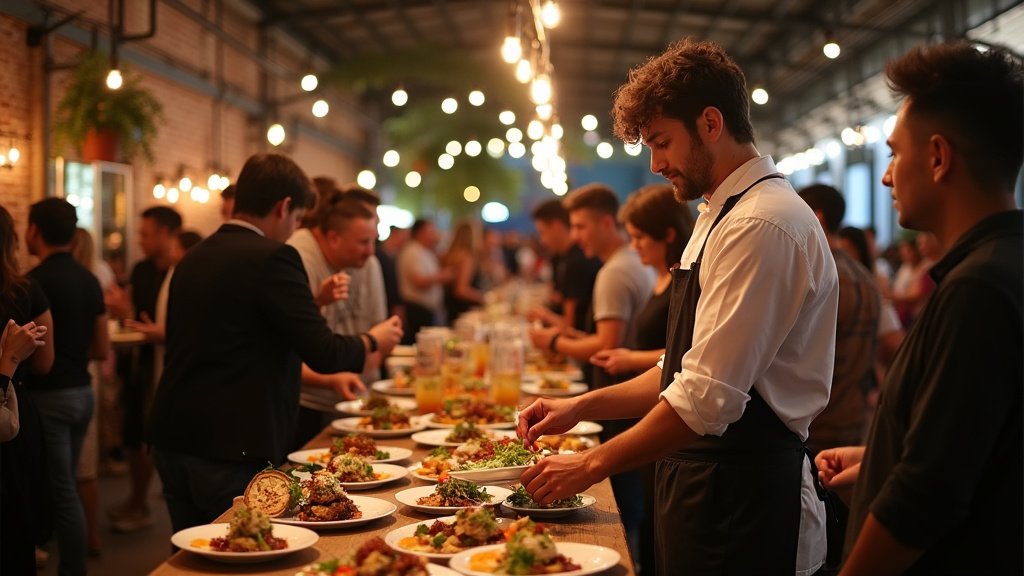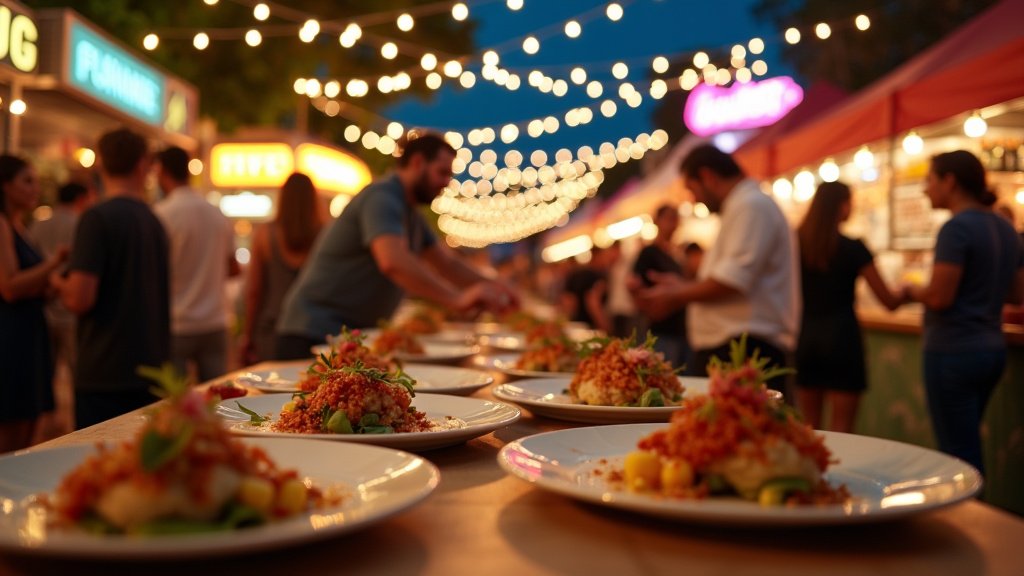Los Angeles, CA – The vibrant, street-side transformation of Los Angeles dining, a lifeline born out of the pandemic, now faces a critical juncture. As the city considers establishing a permanent outdoor dining program, restaurant owners across the vast metropolis are confronting fresh uncertainty, grappling with potential new costs, complex regulatory hurdles, and an unclear timeline for transitioning from their current temporary permits.
For many eateries, outdoor seating – whether on sidewalks, in parking lots, or converted street spaces – became not just a preference but a necessity for survival during public health restrictions. The city’s temporary programs, like the popular Al Fresco initiative, allowed restaurants to quickly adapt and continue serving patrons, fundamentally altering the urban dining landscape.
Now, the temporary lifeline is reaching its limit. The Los Angeles City Council has embarked on the process of developing and approving a framework for outdoor dining that could endure long after the pandemic’s immediate impacts have faded. While the concept of permanent al fresco dining is broadly welcomed for its potential to enhance the city’s vibrancy and support businesses, the specifics of the proposed programs are sparking significant concern among stakeholders.
Navigating the Transition
The core of the current challenge lies in the transition from the relatively flexible, emergency-based permits to a more formal, permanent system. Restaurant owners who invested in outdoor infrastructure under the temporary rules are anxious about what will be required of them to meet new, potentially stricter, permanent standards. The details currently under review involve everything from design specifications and safety requirements to operational guidelines and fee structures.
Crucially, the timeline for this transition remains a significant source of anxiety. Businesses need clear deadlines and processes to plan effectively. Delays or shifting requirements make it difficult for owners to budget for necessary upgrades or modifications, potentially disrupting operations or even forcing them to abandon valuable outdoor seating areas they’ve come to rely on.
Restaurant Owners’ Concerns Mount
The most vocal concerns from the restaurant community revolve around the potential costs associated with a permanent program. While the temporary permits were often low-cost or free, a permanent system is likely to involve significant fees – for application, permitting, and potentially annual renewal. Beyond fees, owners worry about the expense of mandatory physical upgrades. This could include constructing more durable platforms, installing permanent barriers that meet strict safety codes, ensuring compliance with the Americans with Disabilities Act (ADA) for accessibility, and potentially investing in more robust weather protection or heating.
These potential capital expenditures come at a time when many restaurants are still recovering from years of pandemic-induced financial strain. Adding substantial new costs could be prohibitive, especially for smaller, independent establishments operating on thin margins.
Adding to the financial worries are the anticipated regulatory hurdles. Moving from a temporary to a permanent permit system is expected to involve a more complex application and approval process. This could mean navigating multiple city departments – planning, public works, transportation, fire, and health – each with their own requirements and timelines. The potential for bureaucratic delays and conflicting regulations is a significant deterrent for busy restaurant operators who lack dedicated staff for managing complex permitting processes.
Furthermore, regulations may differ based on the specific location of the outdoor dining area – sidewalk, parklet in the street, or private property. Understanding and complying with these varying rules adds another layer of complexity and potential cost.
Shaping Los Angeles’ Urban Fabric
Beyond the immediate impact on individual businesses, the outcome of the City Council’s deliberations will profoundly shape the character of Los Angeles’s public spaces. A successful permanent outdoor dining program has the potential to activate streets, create more pedestrian-friendly environments, and contribute to a lively, dynamic urban experience. It can also support local economies by increasing seating capacity and attracting diners.
However, poorly designed or overly burdensome regulations could stifle this growth, leading to the dismantling of popular outdoor dining areas and a return to less engaging streetscapes. The challenge for the city is to balance the desire for vibrant public spaces and support for businesses with essential considerations like public safety, accessibility for all users (including those with disabilities), and efficient use of public right-of-way.
Looking Ahead
As the City Council continues its review, the stakes are high. Restaurant owners, industry groups, community advocates, and city planners are all closely watching the developments. The decisions made in the coming months will determine whether the pandemic-era expansion of outdoor dining becomes a lasting, positive legacy for Los Angeles or whether it proves to be a temporary phenomenon, too difficult or expensive to sustain permanently.
The path forward requires careful consideration, clear communication, and a willingness to address the legitimate concerns of the businesses that have been vital to keeping the city’s dining scene alive. The future of al fresco dining in Los Angeles hangs in the balance, poised between the promise of a more vibrant city and the potential for new challenges to a still-recovering industry.

